A Complete Icon: The History Of The BMW Hofmeister Kink
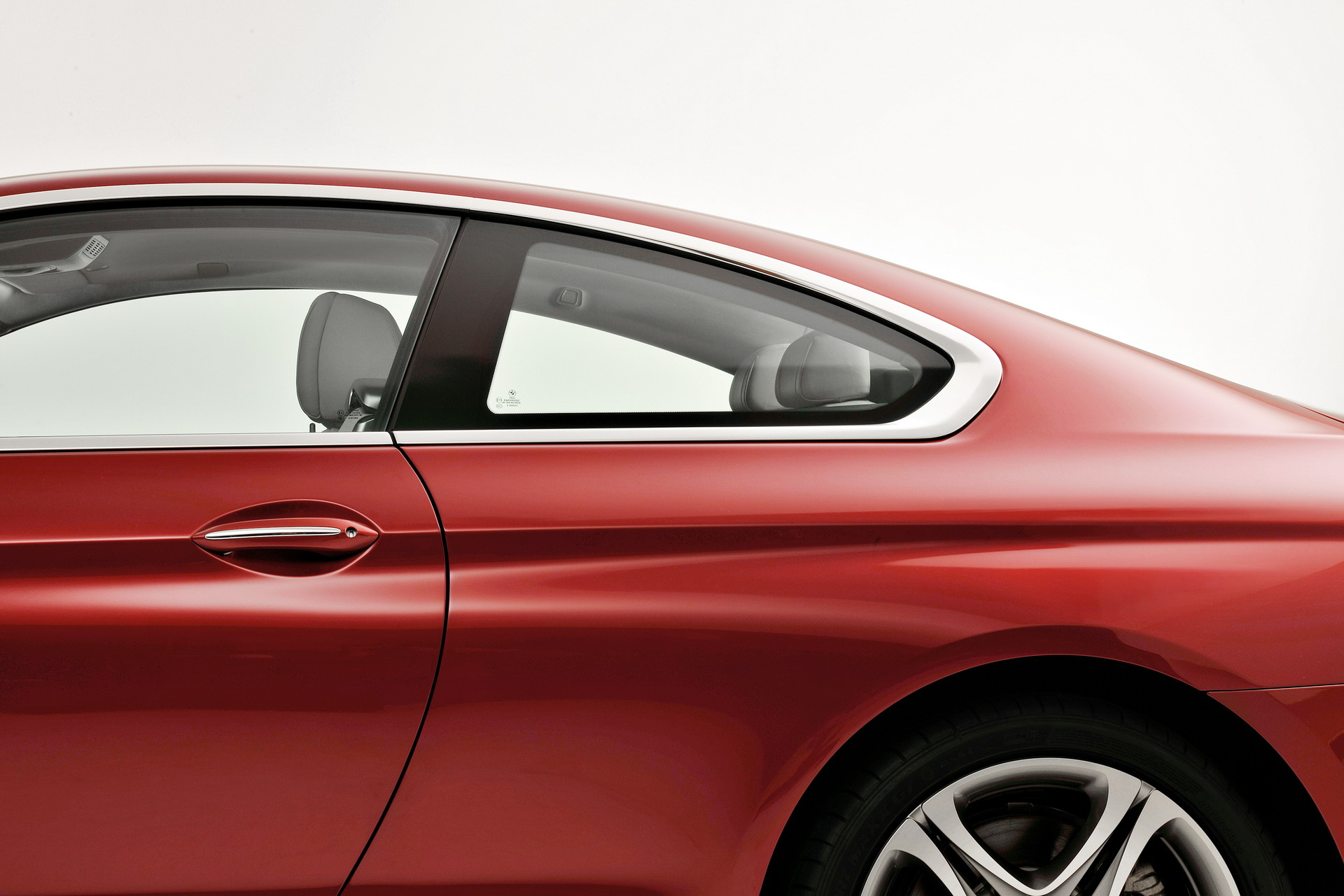

Just as the kidney grille, the Hofmeister kink is like a business card for BMW, an element that is instantly associated with the German automotive constructor. The Hofmeister kink is a visual design element that’s been featured on every model since the advent of the BMW Neue Klasse models in 1961.
It is sometimes mistakenly translated as “Hofmeister kick” by dropping the “n” letter from the German “Hofmeister Knick” that denotes the side window design element. It is, as well, wrong to spell it with double “f” letters instead of a single one.

50 Years of BMW New Class, BMW 1500 (03/2011)
The Hofmeister kink derives its title from the name of its creator, Wilhelm Hofmeister, who led the BMW design department between 1955 and 1970, an era of profound identity transformation for the Bavarian constructor. Hofmeister was succeeded by another famous designer: Paul Bracq, who previously led the Mercedes-Benz styling department and was responsible of the popular “/8” series (“Stroke 8” or “Strich Acht”).

The BMW 3.0 CSI, year of manufacture 1973 – Exterior (07/2011).
Across time, the Hofmeister basically preserved the overall traditional shape. It is said that kink pretty much evokes the rear-wheel-drive traction of BMW models (or the rear-biased underpinnings in case of the AWD variants).
In the past, a few BMW models like the 3200 CS and 3.0 CSL, were pairing the Hofmeister kink with the BMW roundel, thus creating a very special and eye-catching visual symbol unique to German brand.
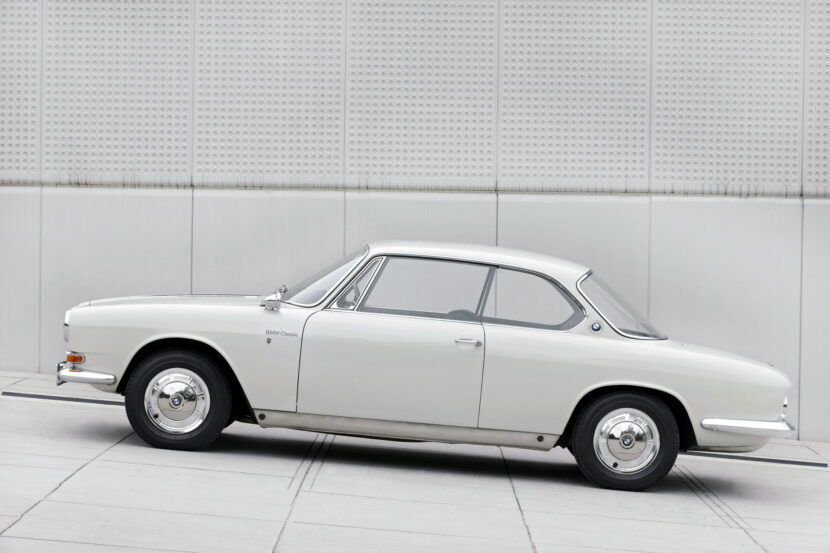
The BMW 3200 CS Bertone, year of manufacture 1965 – Exterior (07/2011).
Of course, an icon must be preserved as much as possible, yet it can sometimes be reinvented in a different styling approach. Design trends change quite substantially over the course of time, as do client requirements and desires. Beginning with the classic 1500 in 1961 up to now, the Hofmeister kink has mostly retained its recognizable shape.

The BMW 635 CSi, year of manufacture 1981 – Exterior (007/2011).
The kink is especially particularly expressive on the BMW 2-door sedans of the late 60s and 70s decade, such as the 2002 series, the E9 generation of models and the E24 6 Series. Of course, the Hofmeister kink was smoothly adapted onto 4-door Sedan and Touring as well, as to make it as familiar-looking as possible.

There have been models that evolved the shape of the Hofmeister kink like the Active Tourers, the GTs, the Gran Coupes, SAVs and SACs. Beginning with 2018, when the new G15 8 Series Coupe was unveiled, the kink premiered a somewhat controversial shape, with an upwards-swinging horizontal line and a reduced rear angle.

The BMW 650i Coupe, year of manufacture 2007, Exterior (07/2011).

If the former 6 Series Gran Coupe displayed a traditional Hofmeister kink, the one on the new G16 8 Series Gran Coupe really has nothing to do with past stylings.

The new 2 Series Gran Coupe and the 6 Series GT also feature a reinterpreted kink. Models such as the X5, X6 and X7 mostly try to keep their signature side window element as anchored to the traditional shape as possible.
The big glass section of the X7 and the Hofmeister kink reminds me very much of the classic BMW 1500 Sedan, the pioneer in this respect.
Another example of modern reinterpretation of the kink can be seen on the new G20 3 Series generation. The shape mimics a rear-pointing arrow, which certainly is a nice reminder of the rear traction of the car.
The Hofmeister kink is fixed and attached to the C-pillar, in true 3 Series style. The F30, E90 and E46 generation also incorporate this specific placement of the kink directly onto the body, as the upper part of rear window ornaments never moves when the door is opened.

The arrow-shaped kink has also been transferred on the new 1 Series, in an effort to make the compact hatchback look more upscale and close to the 3 Series. Yet, for the F40 that does not mean very much, as now the technical platform is the front-wheel-drive FAAR.

Of the rich gallery of Hofmeister kinks, I am very fond of the modern styling exercises seen on the F13/F06 6 Series Coupe/Gran Coupe, F32 4 Series Coupe and F30 3 Series Sedan, because they really render the car a very classy and elegant look.
The most outstanding execution of the Hofmeister kink easily remains the one seen on the E9 series of coupe models. I am impressed by the simple, clean and yet very sophisticated design of the kink, which is doubled by the positioning of the BMW roundel on the C-pillar.

The tridimensional effect of the carved Hofmeister kink featured on the G30 5 Series Sedan is as well particularly classy and showcases the styling freedom and the extent to which a classic design can be further evolved while basically remaining classic.
The kink on the G30 5 Series wants to let the impression of a total surprise, like an unplanned and unknown design element which emerged as a result of clay modeling.
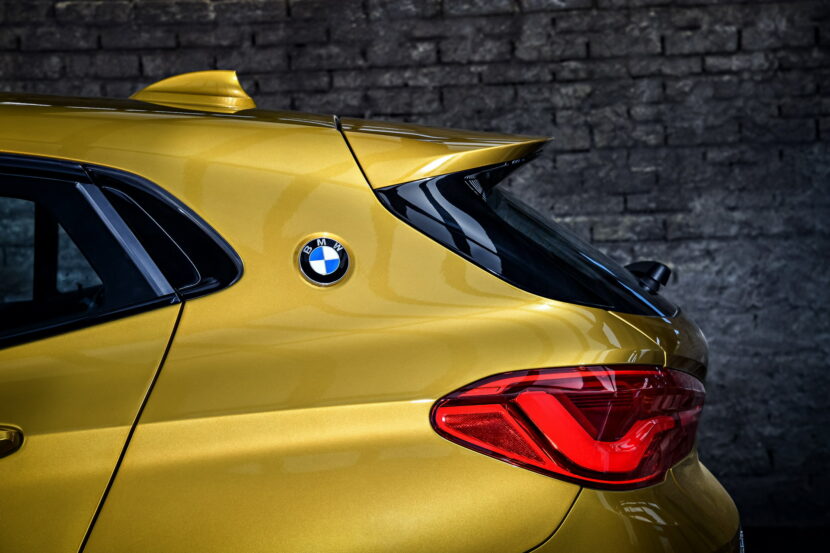
While not entirely a true 2-door model, the new X2 compact Sports Activity Coupe evokes the past heritage and pays a considerate tribute to the E9 3.0 CS and 2800 CS ancestors by displaying the BMW roundel on the C-pillar next to the slightly non-conformist, retouched Hofmeister kink.

The Hofmeister kink is thus a complete and highly attractive design icon, unique to BMW, that managed to stand the test of time and even reinvent itself.
So, which example of Hofmeister kink is your top pick?










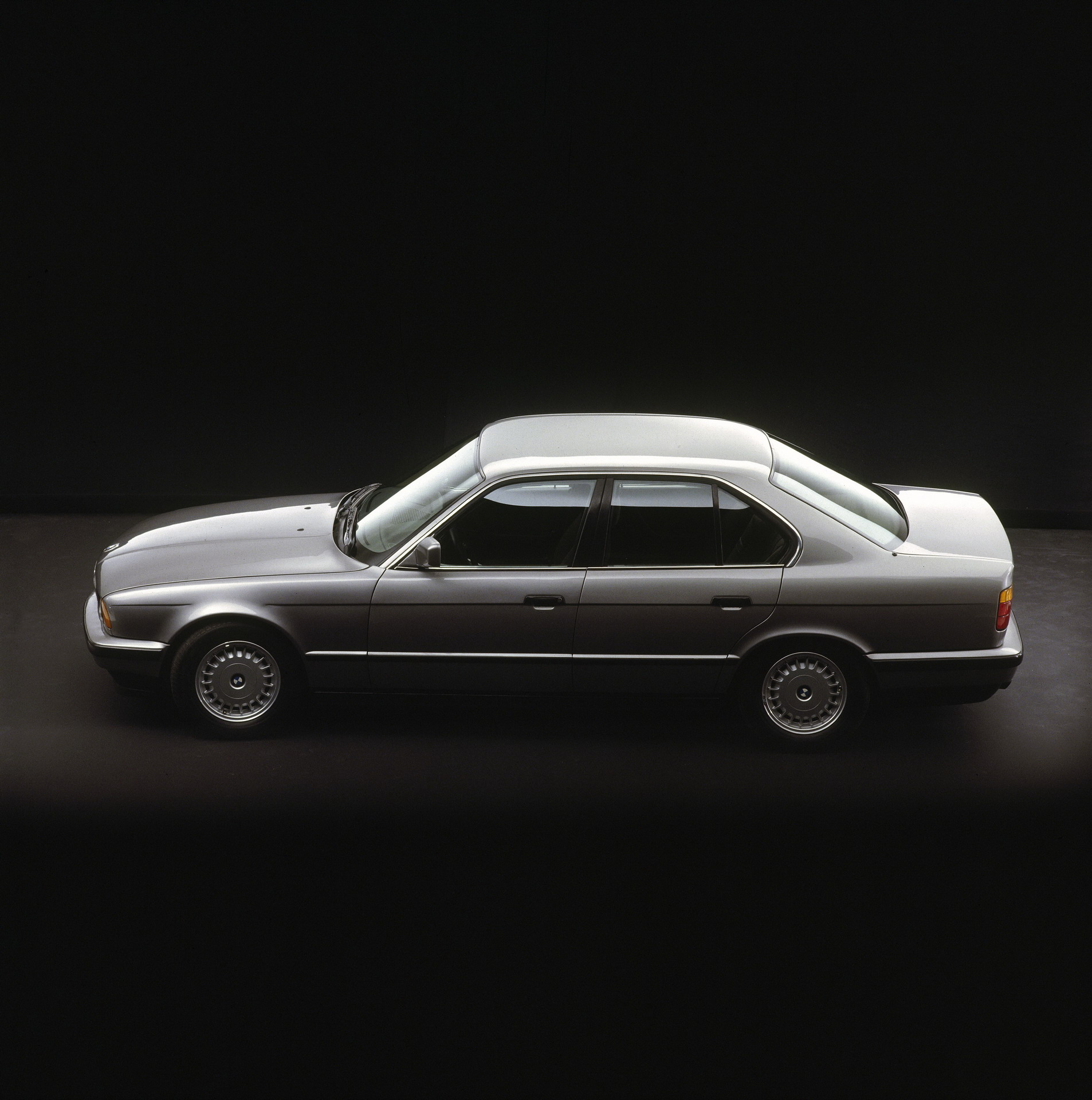











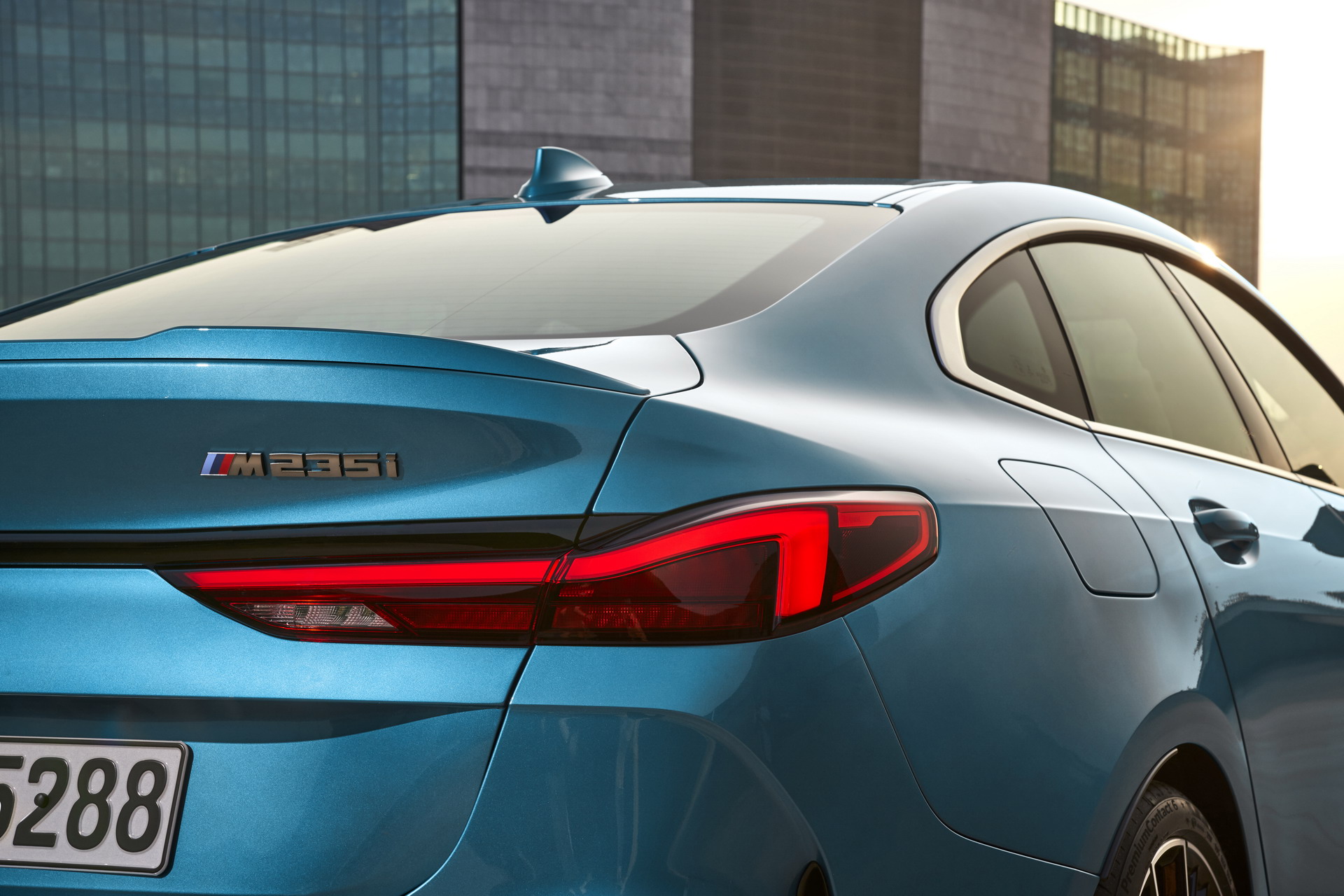








The article A Complete Icon: The History Of The BMW Hofmeister Kink appeared first on BMW BLOG
